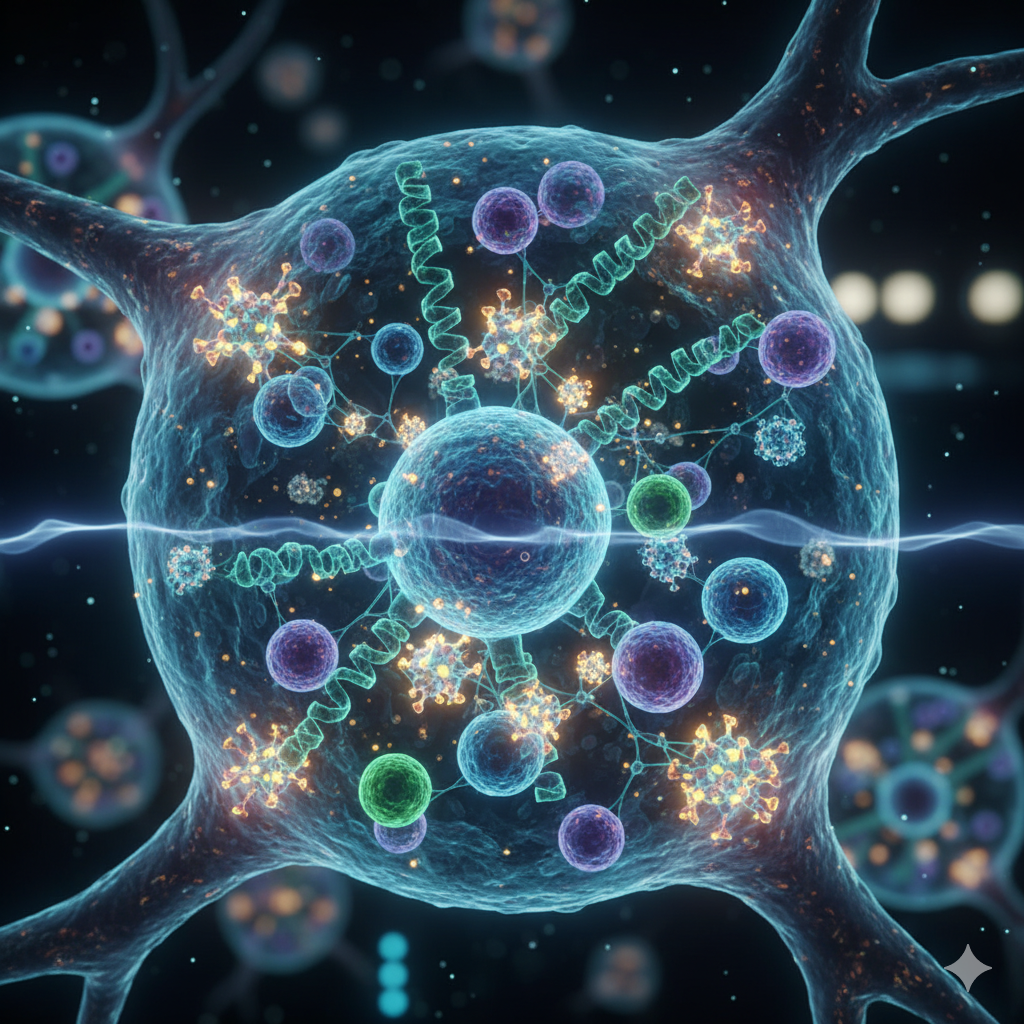265
🌐 Introduction: Quantum Technology Meets Biology
Quantum tech often seems like it belongs in sci-fi stories, but now it’s making its way into the realm of living cells. Researchers have found a method to use proteins within cells as small quantum bits, or qubits. This discovery could transform cells into tiny quantum detectors paving the way for a new field called bio-quantum technology.
🧬 What’s a Qubit?
- A bit in your computer can be a 0 or 1.
- A qubit is different—it can be 0, 1, or both at the same time (people call this superposition).
- This special quality gives quantum devices more power to process and sense information.
Think about putting this quantum power inside living cells—that’s the concept of biological qubits.
🔬 How Do Biological Qubits Work?
Here’s a simple explanation:
- Scientists create glowing proteins within cells.
- These proteins behave like quantum bits reacting to small changes in their surroundings.
- Scientists can monitor cell activity by measuring the light these proteins emit.
put: cells turn into living quantum detectors.
🚀 Why Does This Matter?
This advancement can benefit several fields:
- Healthcare → Spot illnesses sooner by noticing cell changes.
- Brain Research → Grasp how neurons communicate.
- Drug Testing → Observe how medications affect cells as they happen.
- Science Discovery → Find out if nature uses quantum mechanics (like birds finding their way or plants capturing sunlight).
⚙️ The Challenges Ahead
We face some big hurdles:
- Qubits don’t stay stable for long—they lose their data.
- Getting qubits into living cells without damaging them presents a challenge.
- Moving from lab tests to actual medical tools will require time.
🌍 Looking Into the Future
If researchers make breakthroughs, we might see:
- Medical professionals using quantum sensors inside cells to spot illnesses.
- Fresh bio-quantum gadgets that merge biology and quantum physics.
- Brand new fields centered on quantum healthcare and biotechnology.
